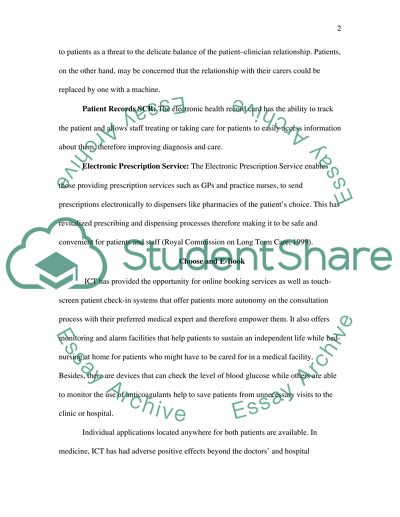Cite this document
(“Impact of Information Technology (IT) on NHS Essay”, n.d.)
Retrieved from https://studentshare.org/information-technology/1422711-impact-of-information-technology-it-on-nhs
Retrieved from https://studentshare.org/information-technology/1422711-impact-of-information-technology-it-on-nhs
(Impact of Information Technology (IT) on NHS Essay)
https://studentshare.org/information-technology/1422711-impact-of-information-technology-it-on-nhs.
https://studentshare.org/information-technology/1422711-impact-of-information-technology-it-on-nhs.
“Impact of Information Technology (IT) on NHS Essay”, n.d. https://studentshare.org/information-technology/1422711-impact-of-information-technology-it-on-nhs.


